- myFICO® Forums
- FICO Scoring and Other Credit Topics
- Understanding FICO® Scoring
- Re: Does PIF show up in report or score?
- Subscribe to RSS Feed
- Mark Topic as New
- Mark Topic as Read
- Float this Topic for Current User
- Bookmark
- Subscribe
- Mute
- Printer Friendly Page
Does PIF show up in report or score?
Is your credit card giving you the perks you want?
Browse credit cards from a variety of issuers to see if there's a better card for you.
- Mark as New
- Bookmark
- Subscribe
- Mute
- Subscribe to RSS Feed
- Permalink
- Report Inappropriate Content
Does PIF show up in report or score?
Some members of this forum have posited that as long as one's utilization is low, there is no point
in micromanaging reported balances and paying prior to statement dates, and that it is just as good for one's credit profile to
let the balances report naturally, and then pay them in full prior to the due date.
Question. Does the fact that one paid one's reported balance in full show up anywhere in (a) the credit report or (b) the FICO algorithms?








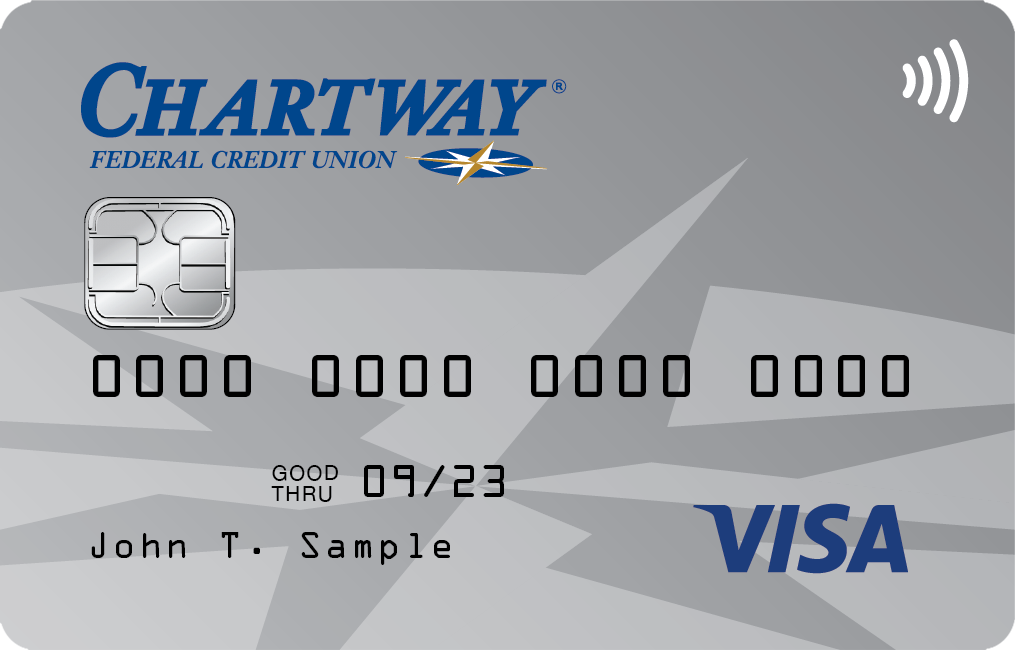


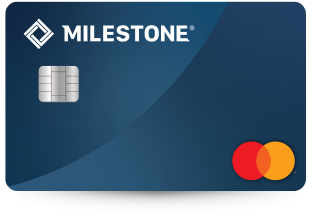


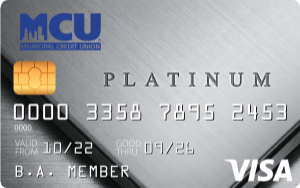




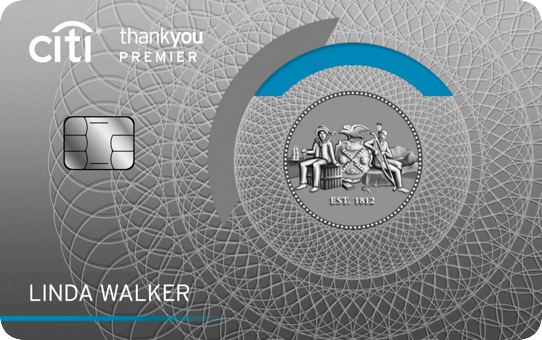
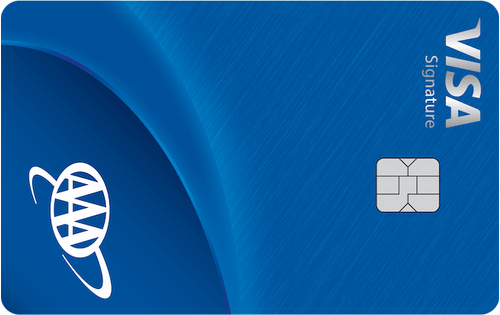

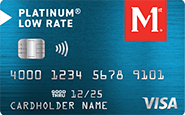



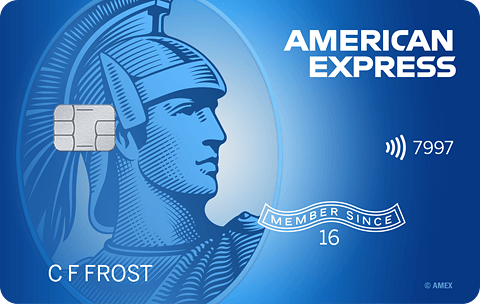




Total revolving limits 568220 (504020 reporting) FICO 8: EQ 689 TU 691 EX 682
- Mark as New
- Bookmark
- Subscribe
- Mute
- Subscribe to RSS Feed
- Permalink
- Report Inappropriate Content
Re: Does PIF show up in report or score?
In answer to your headline question, no, payment amounts are not a direct factor in your score.
I am probably losing some points by having 60% - 70% of my cards reporting some sort of balance, but all bureaus are over 800 so not much benefit, in my mind, to micromanaging.
Oct 2014 $46k on $127k 36% util EQ 722 TU 727 EX 727
April 2018 $18k on $344k 5% util EQ 806 TU 810 EX 812
Jan 2019 $7.6k on $360k EQ 832 TU 839 EX 831
March 2021 $33k on $312k EQ 796 TU 798 EX 801
May 2021 Paid all Installments and Mortgages, one new Mortgage EQ 761 TY 774 EX 777
April 2022 EQ=811 TU=807 EX=805 - TU VS 3.0 765

- Mark as New
- Bookmark
- Subscribe
- Mute
- Subscribe to RSS Feed
- Permalink
- Report Inappropriate Content
Re: Does PIF show up in report or score?
Hi SJ. Whether or not one pays one's balance in full (PIF) or by contrast only pays a portion of it and carries the remainder to the next billing cycle (called carrying a balance) is implied by the data in the report. These data are called trended data.
Specifically the data include your balances and payments for the credit card extending back month by month for at least 24 months. (It might be 30 months depending on the CRA and CC issuer -- I can't remember.) Furthermore each of the 24 reported balances and each of the payments are date-stamped.
So if I have a card that is reporting my balance on roughly the 10th of every month, it might have reported $312 on March 10. If I then made payments totalling $312 or more in the next 25 days after March 10, any manual reviewer or credit analysis program designed to do so will be able to see that I PIF-ed that month. If by contrast I paid only $200 and carried $112, that will be visible too. Finally if I only paid the minimum payment (say $25) that is also visible. Paying only the MP is the behavior most associated with risk of the three; PIF-ing is by far the least risky.
What I just described for the CC cycle following March 10 would also be visible for 23 other biilling cycles.
This kind of very rich data was for many many years not included in the CRA databases. All that was included in the data were the last reported balance and the date it was reported -- period! Nothing else. Then, a few years ago, it began to be part of the CRA data. It wasn't a sudden and complete shift, it was gradual. Each of the three CRAs did not do it at the same time, not all of the CC issuers began reporting the trended data immediately, etc.
So the answer to your question about credit reports is Yes. In fact the trended data enable one to infer a good deal more than just whether you PIF-ed or not.
As touches FICO, all the major models in wide use today (FICO 8 and earlier) do not detect whether one is PIF-ing or not. Necessarily they don't, because they were all developed long before the CRAs began collecting trended data (that is as I say a very recent thing).
I am almost sure that FICO 9 does not do it or there would be a lot of discussion about it. On the other hand FICO 9 was developed before FICO would have had time to eveluate how they wanted to change their scoring models -- I think the final form of version 9 was released in late 2014.
But it's quite possible that FICO makes specialized products to detetct whether one usually PIFs (called being a Transactor) vs. whether one often carries a balance (called being a Revolver) -- products it then sells to creditors. Fannie Mae has incorporated this sort of T-R analysis into the products its mortgage lenders use. (e.g. the product Desktop Underwriter or DU).
I am certain that analysis based on trended data will be very common in the future, and that in particular it will be part of future FICO models and future versions of VantageScore.
- Mark as New
- Bookmark
- Subscribe
- Mute
- Subscribe to RSS Feed
- Permalink
- Report Inappropriate Content
Re: Does PIF show up in report or score?
@Anonymous wrote:Hi SJ. Whether or not one pays one's balance in full (PIF) or by contrast only pays a portion of it and carries the remainder to the next billing cycle (called carrying a balance) is implied by the data in the report. These data are called trended data.
Specifically the data include your balances and payments for the credit card extending back month by month for at least 24 months. (It might be 30 months depending on the CRA and CC issuer -- I can't remember.) Furthermore each of the 24 reported balances and each of the payments are date-stamped.
So if I have a card that is reporting my balance on roughly the 10th of every month, it might have reported $312 on March 10. If I then made payments totalling $312 or more in the next 25 days after March 10, any manual reviewer or credit analysis program designed to do so will be able to see that I PIF-ed that month. If by contrast I paid only $200 and carried $112, that will be visible too. Finally if I only paid the minimum payment (say $25) that is also visible. Paying only the MP is the behavior most associated with risk of the three; PIF-ing is by far the least risky.
What I just described for the CC cycle following March 10 would also be visible for 23 other biilling cycles.
This kind of very rich data was for many many years not included in the CRA databases. All that was included in the data were the last reported balance and the date it was reported -- period! Nothing else. Then, a few years ago, it began to be part of the CRA data. It wasn't a sudden and complete shift, it was gradual. Each of the three CRAs did not do it at the same time, not all of the CC issuers began reporting the trended data immediately, etc.
So the answer to your question about credit reports is Yes. In fact the trended data enable one to infer a good deal more than just whether you PIF-ed or not.
As touches FICO, all the major models in wide use today (FICO 8 and earlier) do not detect whether one is PIF-ing or not. Necessarily they don't, because they were all developed long before the CRAs began collecting trended data (that is as I say a very recent thing).
I am almost sure that FICO 9 does not do it or there would be a lot of discussion about it. On the other hand FICO 9 was developed before FICO would have had time to eveluate how they wanted to change their scoring models -- I think the final form of version 9 was released in late 2014.
But it's quite possible that FICO makes specialized products to detetct whether one usually PIFs (called being a Transactor) vs. whether one often carries a balance (called being a Revolver) -- products it then sells to creditors. Fannie Mae has incorporated this sort of T-R analysis into the products its mortgage lenders use. (e.g. the product Desktop Underwriter or DU).
I am certain that analysis based on trended data will be very common in the future, and that in particular it will be part of future FICO models and future versions of VantageScore.
Thanks CGID ![]()
So you're saying it's not in the FICO algorithms but if FICO decided to add it to the algorithms, the data would be there in the credit reports?
And would we be able to see this trended data in the reports we get?































Total revolving limits 568220 (504020 reporting) FICO 8: EQ 689 TU 691 EX 682
- Mark as New
- Bookmark
- Subscribe
- Mute
- Subscribe to RSS Feed
- Permalink
- Report Inappropriate Content
Re: Does PIF show up in report or score?
That's exactly what I am saying. You got it.
The trended data are visible when one secures a full-blown report via AnnualCreditReport.com. I have not done that in ages, but you are making me want to take a look again. I'd really like to see if all of my credit cards are reporting the trended data and if so how far back it goes.
My understanding is that third-party tools (like the 3B report one gets from myFICO or the reports available from Credit Karma) typcially do not show their users the trended data. I can't speak for CCT but I suspect it doesn't either.
TransUnion was a pioneer in doing this sort of TD stuff, if I recall correctly. So it might be useful to pull your TU report first if you want to take a look. The other reason to pull TU (or EQ) is that a person can get his TU/EQ reports weekly for most practical purposes via Karma, so you aren't really losing anything by burning the one free ACR report you are entitled to by law.
I may wait a few more weeks until my (somewhat new) Bank of America cards report before I pull my TU report via ACR. Curious to know what you see!
PS. One of the things that someone recently told me are a part of the trended data are your credit limits (for the last 24 months) and CL changes. So in principle a reviewer (manual or algorithm) can also see what your credit limit was in March 2016 and therefore what that card's utilization was that month.
- Mark as New
- Bookmark
- Subscribe
- Mute
- Subscribe to RSS Feed
- Permalink
- Report Inappropriate Content
Re: Does PIF show up in report or score?
@Anonymous wrote:That's exactly what I am saying. You got it.
The trended data are visible when one secures a full-blown report via AnnualCreditReport.com. I have not done that in ages, but you are making me want to take a look again. I'd really like to see if all of my credit cards are reporting the trended data and if so how far back it goes.
My understanding is that third-party tools (like the 3B report one gets from myFICO or the reports available from Credit Karma) typcially do not show their users the trended data. I can't speak for CCT but I suspect it doesn't either.
TransUnion was a pioneer in doing this sort of TD stuff, if I recall correctly. So it might be useful to pull your TU report first if you want to take a look. The other reason to pull TU (or EQ) is that a person can get his TU/EQ reports weekly for most practical purposes via Karma, so you aren't really losing anything by burning the one free ACR report you are entitled to by law.
I may wait a few more weeks until my (somewhat new) Bank of America cards report before I pull my TU report via ACR. Curious to know what you see!
PS. One of the things that someone recently told me are a part of the trended data are your credit limits (for the last 24 months) and CL changes. So in principle a reviewer (manual or algorithm) can also see what your credit limit was in March 2016 and therefore what that card's utilization was that month.
It was actually Experian, then Equifax. Transunion was the last of the 3 to add the payment details to the tradelines. EX had it back in 2011 IIRC.
I don't know any way to see it except with a report directly from a bureau either through annualcreditreports or the dispute process, maybe if you purchase one from Experian I think it shows it, but I don't know on either EQ or TU. MF/CK/CS/etc does not.
If you look at a credit report from Equifax they absolutely will put in historical CL information. I think that's there in EX too but I don't have the reports on this computer to go look... I should copy them over before I nuke the old laptop heh.





















- Mark as New
- Bookmark
- Subscribe
- Mute
- Subscribe to RSS Feed
- Permalink
- Report Inappropriate Content
Re: Does PIF show up in report or score?
@Revelate wrote:
@Anonymous wrote:That's exactly what I am saying. You got it.
The trended data are visible when one secures a full-blown report via AnnualCreditReport.com. I have not done that in ages, but you are making me want to take a look again. I'd really like to see if all of my credit cards are reporting the trended data and if so how far back it goes.
My understanding is that third-party tools (like the 3B report one gets from myFICO or the reports available from Credit Karma) typcially do not show their users the trended data. I can't speak for CCT but I suspect it doesn't either.
TransUnion was a pioneer in doing this sort of TD stuff, if I recall correctly. So it might be useful to pull your TU report first if you want to take a look. The other reason to pull TU (or EQ) is that a person can get his TU/EQ reports weekly for most practical purposes via Karma, so you aren't really losing anything by burning the one free ACR report you are entitled to by law.
I may wait a few more weeks until my (somewhat new) Bank of America cards report before I pull my TU report via ACR. Curious to know what you see!
PS. One of the things that someone recently told me are a part of the trended data are your credit limits (for the last 24 months) and CL changes. So in principle a reviewer (manual or algorithm) can also see what your credit limit was in March 2016 and therefore what that card's utilization was that month.
It was actually Experian, then Equifax. Transunion was the last of the 3 to add the payment details to the tradelines. EX had it back in 2011 IIRC.
I don't know any way to see it except with a report directly from a bureau either through annualcreditreports or the dispute process, maybe if you purchase one from Experian I think it shows it, but I don't know on either EQ or TU. MF/CK/CS/etc does not.
If you look at a credit report from Equifax they absolutely will put in historical CL information. I think that's there in EX too but I don't have the reports on this computer to go look... I should copy them over before I nuke the old laptop heh.
All three CRAs do list the trended data on the ACR pulls and the full "report only" pulls available online (well, whatever trended data they actually get from the lenders, which is far spottier than you might expect - see here for examples of what's NOT being reported, as of the beginning of 2016).
In addition to ACR every 12 months, you can use the links in this post to get "report only" pulls from all three CRAs, either free (depending on resident state or other valid reason), for $3-$12 each.
Direct links:
EQ9:847 TU9:847 EX9:839
EQ5:797 TU4:807 EX2:813 - 2021-06-06
- Mark as New
- Bookmark
- Subscribe
- Mute
- Subscribe to RSS Feed
- Permalink
- Report Inappropriate Content
Re: Does PIF show up in report or score?
Given what Revelate just said, then, I would recommend pulling your Equifax report. I remember always finding the layout of the EQ report easier on the eyes anyway. And as I mentioned, anyone can pull his EQ report 52 times a year via Karma, no great loss to burn your annual ACR pull for EQ or TU.
Actually, a really nice development this year was when it became possible to get one's EX report for free once per month. Until then you had to be REALLY stingy with your credit report pulls for Experian, if you didn't want to pay money for them. Now there's really no reason why any person can't stay on top of all three reports every month if he wants to.
- Mark as New
- Bookmark
- Subscribe
- Mute
- Subscribe to RSS Feed
- Permalink
- Report Inappropriate Content
Re: Does PIF show up in report or score?
@Anonymous wrote:That's exactly what I am saying. You got it.
The trended data are visible when one secures a full-blown report via AnnualCreditReport.com. I have not done that in ages, but you are making me want to take a look again. I'd really like to see if all of my credit cards are reporting the trended data and if so how far back it goes.
My understanding is that third-party tools (like the 3B report one gets from myFICO or the reports available from Credit Karma) typcially do not show their users the trended data. I can't speak for CCT but I suspect it doesn't either.
TransUnion was a pioneer in doing this sort of TD stuff, if I recall correctly. So it might be useful to pull your TU report first if you want to take a look. The other reason to pull TU (or EQ) is that a person can get his TU/EQ reports weekly for most practical purposes via Karma, so you aren't really losing anything by burning the one free ACR report you are entitled to by law.
I may wait a few more weeks until my (somewhat new) Bank of America cards report before I pull my TU report via ACR. Curious to know what you see!
PS. One of the things that someone recently told me are a part of the trended data are your credit limits (for the last 24 months) and CL changes. So in principle a reviewer (manual or algorithm) can also see what your credit limit was in March 2016 and therefore what that card's utilization was that month.
Thanks. I recently got one of those for EQ, and I do see it. I don't understand it, but I do see it ![]()































Total revolving limits 568220 (504020 reporting) FICO 8: EQ 689 TU 691 EX 682